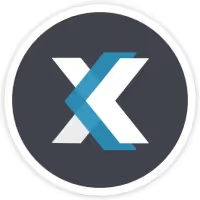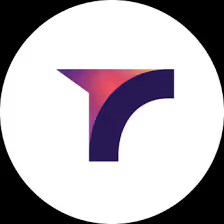AI sales funnel is an automated system that guides leads through buying steps using AI to boost conversions and sales.
What can AI sales funnel do?
It captures leads, nurtures prospects, personalizes messaging, and predicts buying behavior to increase sales efficiency.
How does AI sales funnel work?
It uses AI to analyze lead data, automate follow-ups, and deliver targeted content at each stage of the buying journey.
Is AI sales funnel easy to set up?
Yes, most AI sales funnels offer drag-and-drop builders and ready templates for quick setup within hours.
Some tools offer limited free plans, but most AI sales funnel solutions require paid subscriptions for full features.
What is the common AI sales funnel pricing?
Pricing usually ranges from $30 to $200/month depending on features, contacts, and automation capabilities.
What are the types of AI sales funnel?
Common types include lead capture funnels, webinar funnels, email nurture funnels, and e-commerce funnels.
Does AI sales funnel work with email?
Yes, it integrates email marketing to automate personalized outreach and follow-up sequences.
What are the best AI sales funnel tools?
Top tools include ClickFunnels, HubSpot, ActiveCampaign, and Kartra for building AI-powered sales funnels.
What are common AI sales funnel integrations?
Common integrations include CRM systems, email marketing platforms, payment gateways, and analytics tools.




















